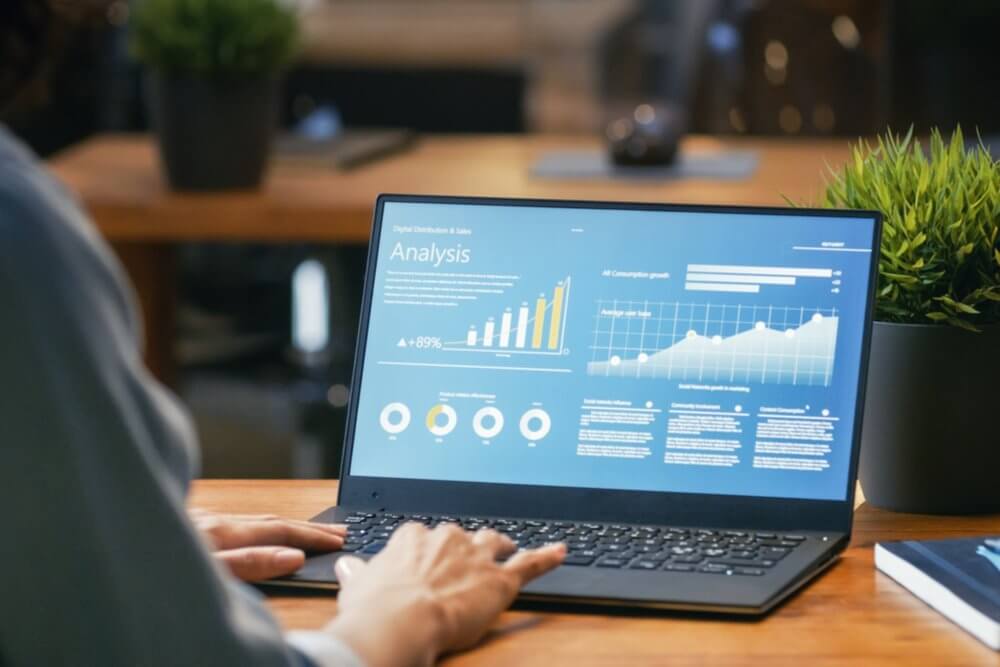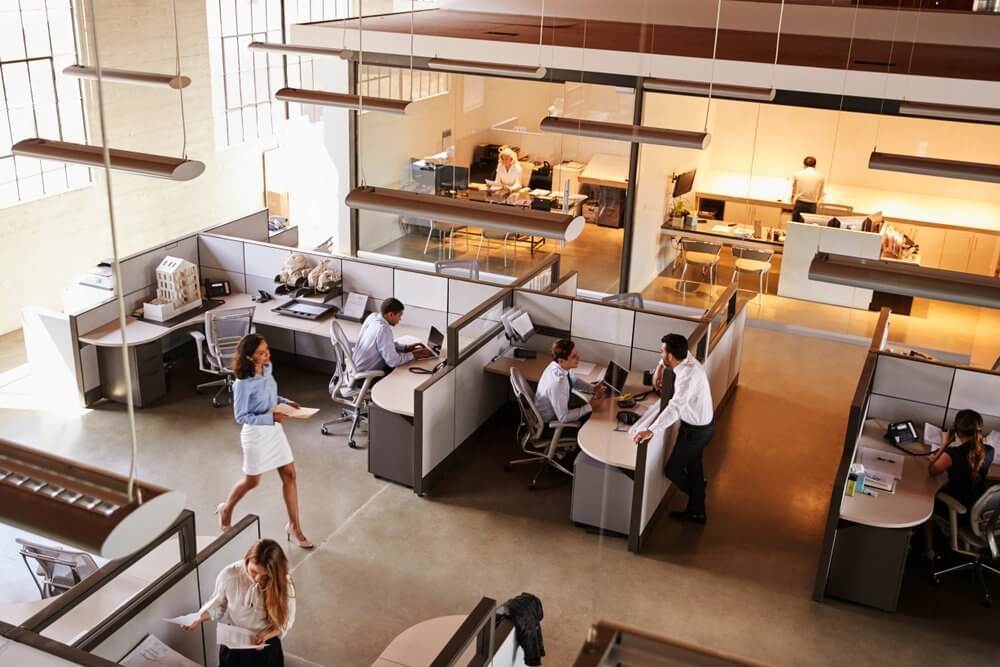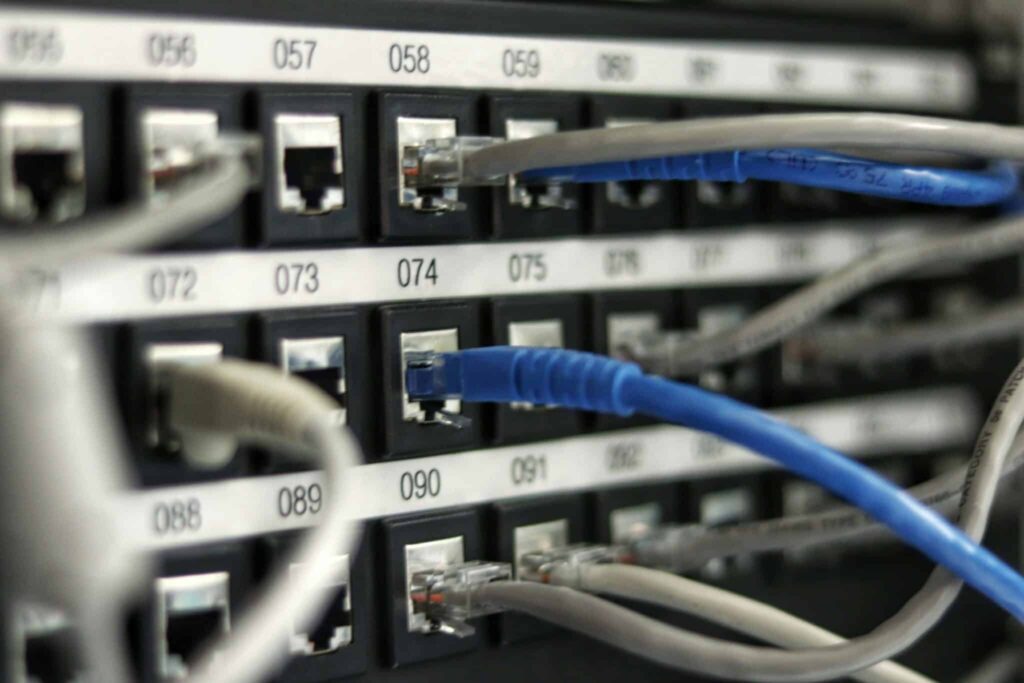A number of space – and usage – focused office sensors have hit the B2B market over the last few years, giving facility managers insight that even an entire team of human observers would struggle to efficiently record and transmit. Used properly, these devices can make a huge impact when it comes to tasks like space optimization, seating assignment and desk booking; that’s especially true when the tools are used in tandem with a similarly high-tech integrated workplace management system (IWMS).
Your space, optimized

Generally speaking, a sensor captures and transmits data. However, that high-level description fails to explain precisely how much value these devices bring in a facilities management context. Just as you can’t pay someone to sit in your car and report your driving to your insurance company, finding a person to continually monitor usage rates, occupancy and other optimization-critical data would be costly and inefficient, provided it was possible in the first place.
So it follows that a sensor that does offer this functionality has immediate value for any organization concerned with making the most of its space. Compared to hunches and self-reporting, an objective view—especially one with historical reporting capabilities and analytical tools—grants a new level of accuracy.
For example, take a company that makes a flex space available for reservation, catering to the needs of both in-house departments and temporary teams. While the FM knows that the designated cowork space is constantly booked, it’s traditionally been hard to know exactly how much of the particular space was being used. By installing sensors around the room and reviewing data for a month, the FM can now determine that the space is fully occupied around 60% of the time. And with this knowledge, it could make sense to split the section into two standalone cowork areas, giving employees expanded access to the space they want without making a substantial change to floorplan or booking procedures.
READ OUR ONLINE GUIDE: HOT DESKING & DESK BOOKING
It’s this sort of insight that sensors excel at, and space usage is only one angle of the value they provide. They can also easily be used to see how desks are truly utilized. They could, for instance, improve a hot desking strategy by showing how many of the desks employees book actually end up being used. Taking things a step further, they could even break foot traffic heat maps down to determine what role a space should fill on a given day of the week, or utilize historical occupancy data to improve upon HVAC (and thus utilities) settings.
While reporting and analytics are already an important part of facilities management, sensors can take things to the next level. Sensors that generate detailed data ultimately give FMs granular decision-making control over the offices they manage by showing exactly how spaces are used.
Sensors and IWMS: a perfect marriage of insight and action

Sensors grow even more useful when they are integrated with other solutions that can turn insight into action. Offerings from companies like VergeSense and Qbic are changing the facilities management landscape by integrating with an IWMS to respond quickly and effectively to the usage patterns sensors reveal.
For example, locating the ideal placement of copiers, scanners, fax stations and other shared resources can be a challenge for FMs. Which ones see the most usage? What spots in the office are underserved by the current layout? An office’s IWMS solution and sensor pairing can have a strong synergizing effect: sensors’ heat maps and foot traffic reports can be used to make changes via a software solution’s space management tools.
It’s a similar story for desk booking and assignment. While a good IWMS brings inestimable value, whether employees seat themselves daily or are designated spaces by the FM team, a sensor can provide another boost of efficiency through data-backed insights. FMs can have visibility both of which desks were booked via the management system and how much time employees ended up spending there—all data points that can fuel new layouts and resourcing decisions.
By mixing an upgraded management system with a collection of sensors, FM teams give themselves the best possible chance to hit the right note when it comes to seating and space planning. That’s a compelling reason to explore both technologies, whatever your office’s specific facilities management needs.
Contact us to find out more about the impact sensors can have on space management.
Photo Credits: Shutterstock / Monkey Business Images, Shutterstock / Pressmaster, Shutterstock / Gorodenkoff





